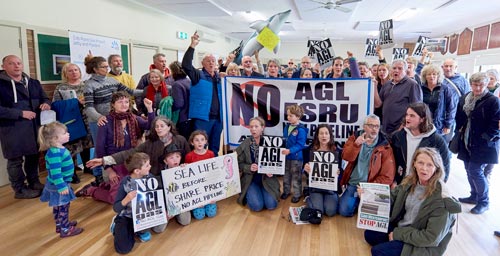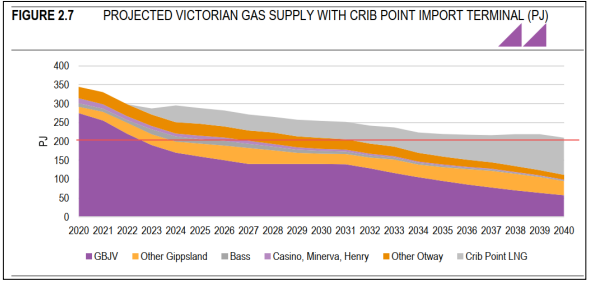A disaster for Westernport Bay and our climate
Over the last two months we remotely attended public hearings where local councils, community and environmental groups presented evidence on the impact of AGL’s proposed gas import terminal in Westernport Bay.
What we learned reaffirmed our conviction that this project cannot go ahead.
For more than two years we have been working closely with Save Westernport and the Westernport Bay community to stop AGL from building a gas import terminal in one of Victoria’s most precious corners. Building a new fossil fuel project in a climate crisis is reckless, doing so in the middle of a Ramsar wetland defies logic.

In October of 2018 we had our first victory. Thanks to the actions of thousands of Victorians, we convinced Planning Minister Richard Wynne to force AGL to undergo an Environmental Effects Statement (EES) Process. Up to that point AGL tried to avoid this level of public scrutiny by claiming the gas import terminal and required pipeline works were different projects.
As part of the EES process, AGL had to prepare several reports addressing potential impacts of their ‘Floating Storage Regasification Unit’ on the environment, the Westernport Bay community and our climate. The result was 11,000 pages long.
Faced with the massive challenge posed by the sheer volume of documents, we joined efforts with Save Westernport and Victorian National Parks Association and mustered a team which includes Environmental Justice Australia, four barristers and seven independent expert witnesses who analysed AGL’s reports and have supported us through the EES process.
Since October 12 we have been attending public hearings where parties to the EES process presented their evidence and their position on the project. So far only AGL, APA and a couple of submitters have defended the project; local councils, community and environmental groups have all spoken against AGL’s damaging plans. The consensus by opposition groups has been (1) there is a severe lack of evidence on the impact of the project: and (2) what evidence exists shows likely impacts which are unacceptable and should prevent this project from being approved.
